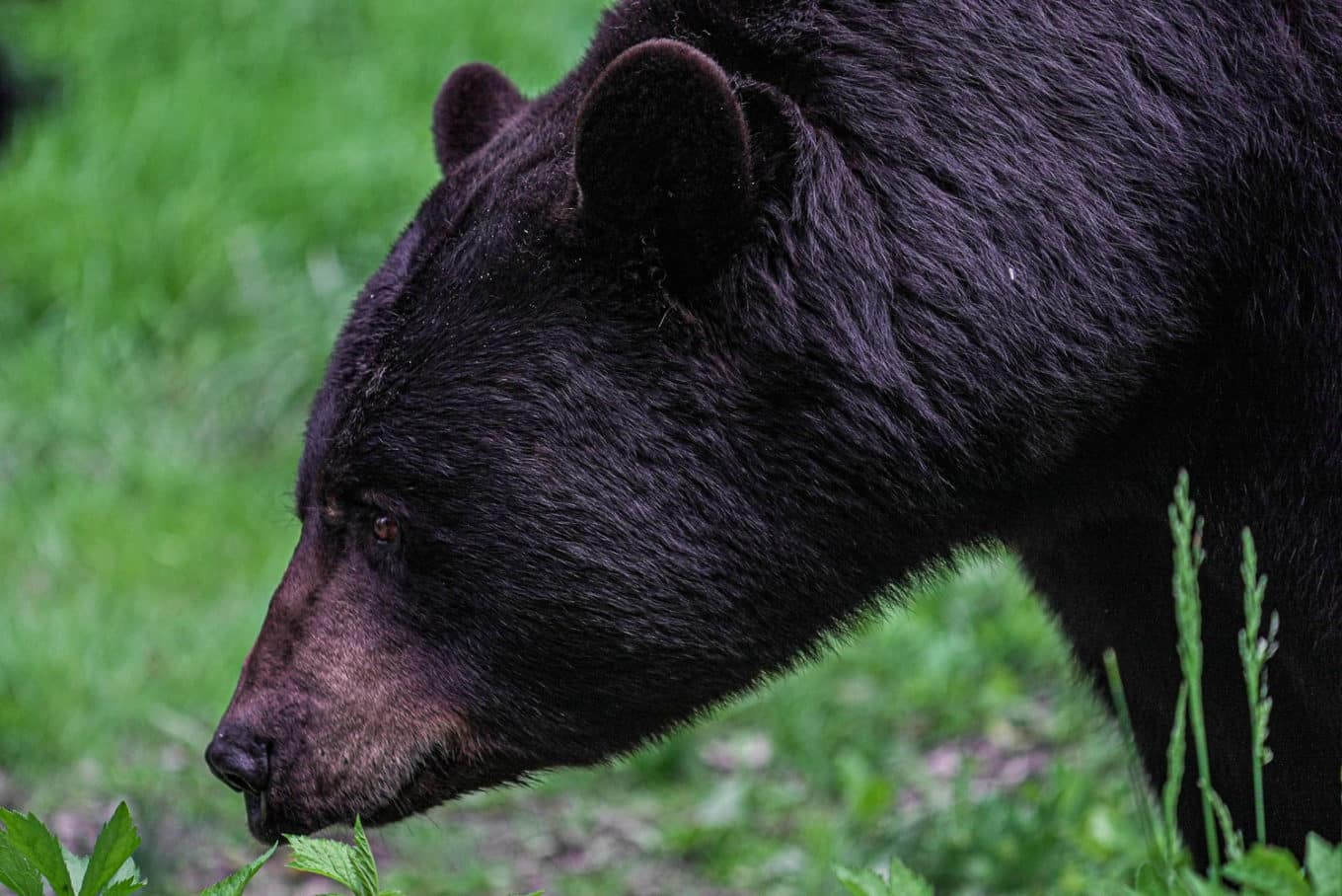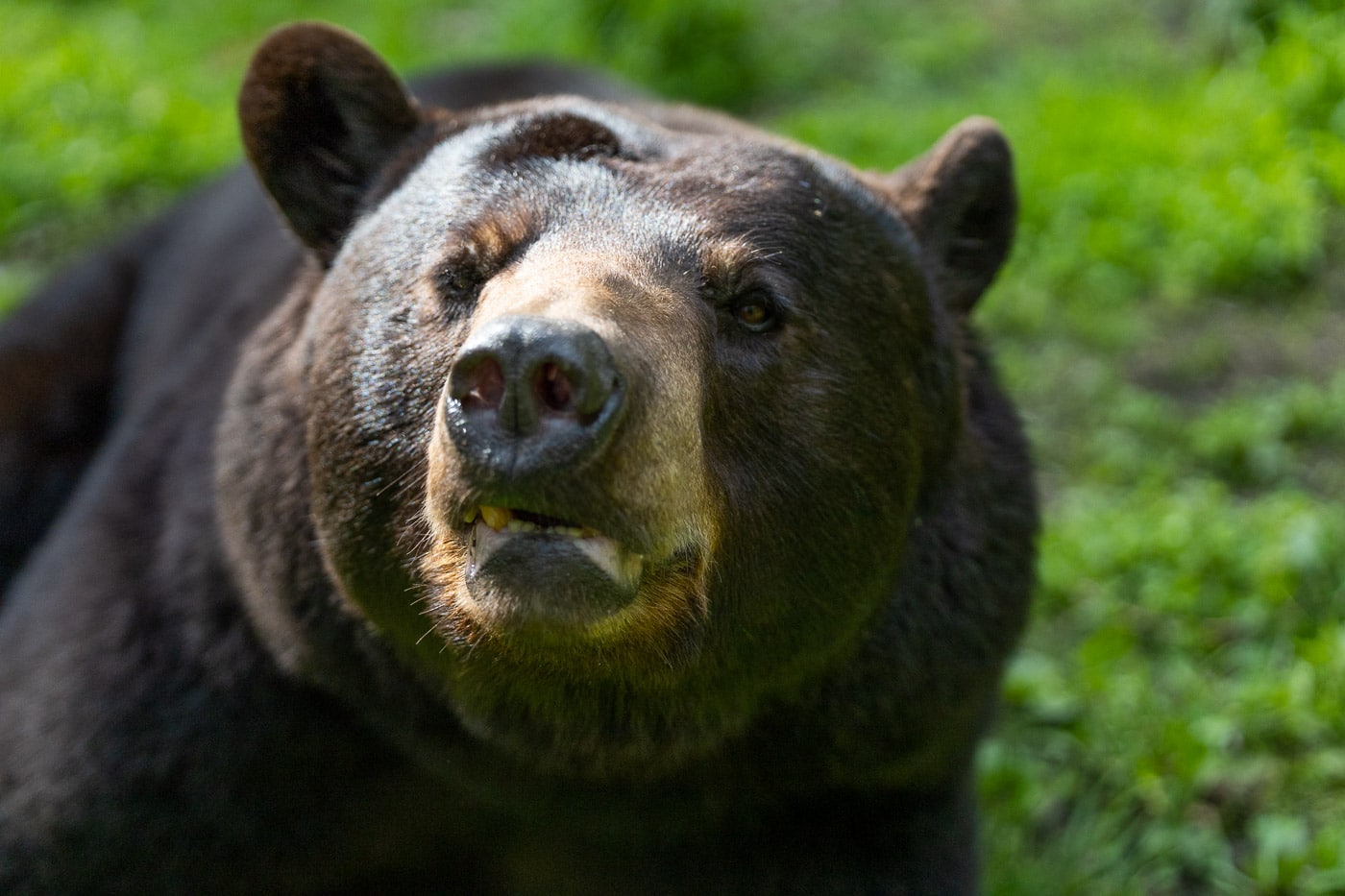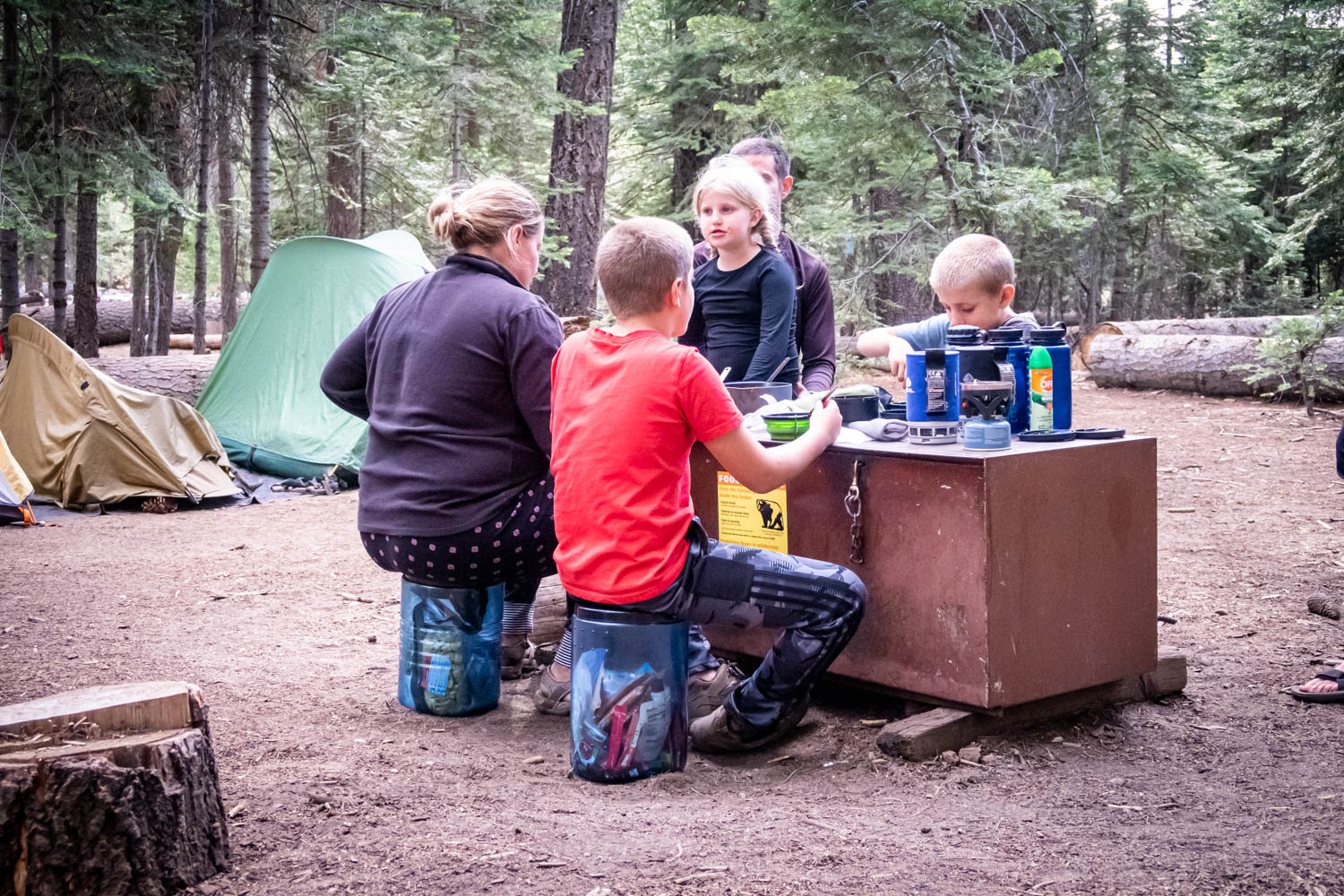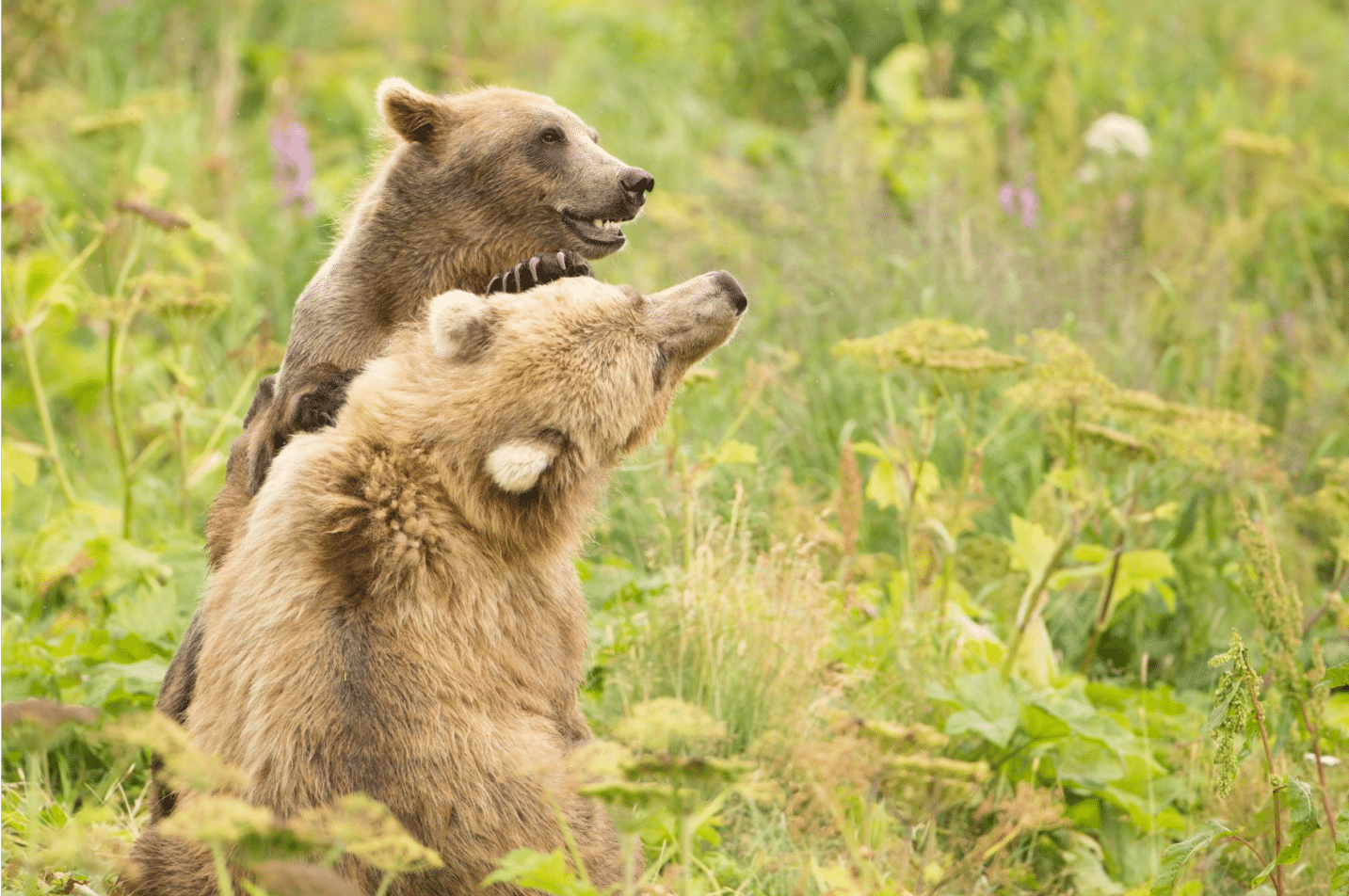Attractive vs Repulsive: Smells that Entice and Repel Bears
Using smells that repel bears to prevent run-ins seems like a great idea. Until you try thinking of what those smells are, that is.
You know bears have crazy good noses and use them to find everything from nuts to berries. But you also know they’re eager to eat just about anything they can find in order to achieve the fat layer they need for hibernation.
But gosh, wouldn’t it be nice if you could use a bear’s sense of smell against him?

Bears Smell Better than a Bloodhound
That big sniffer on a bear’s face is as useful as it is cute. In fact, if law-enforcement could train a bear well enough, it would be a better service to the force than a bloodhound! Their noses are 7 times stronger which means any interesting scent can snag it’s attention from several miles away.

Smells that Repel Bears
Since bears aren’t exactly picky eaters you might not think of using scent to repel them. Since “stinky” to us – like a day-old carcass in the woods – means “delectable” to a bear, that makes ‘scents’.
See what I did there?
But there are smells that can actually drive bears away. They actually use the strength of their noses against them, overwhelming and repulsing them. In a word?
Chemicals.
Ammonia and bleach are particularly powerful odors that would make a bear’s eyes water. How do YOU like breathing in those fumes? Now think about it… a bear can smell more than 2000 times better than you. That would be terrible to experience.
Soaking some rags in cleaners with these bases and hanging them around your campsite can actually make bears think twice about crashing your party. They’re strong enough to do a decent job of masking whatever attractants you could be cooking up as well. Just don’t go dripping that stuff all over the woodland floor. No plant needs that in their life!

Some sources say that using strong spices like cinnamon and pepper can have a similar effect. Honestly, I don’t see how those couldn’t smell like a bakery or stew to a hungry bear, so I’ll leave that one up to your gut.
Smells that Entice Bears
Of course, no conversation about using a bear’s nose against him would be complete without stating the obvious. Those powerful noses are GREAT at sniffing out tasty treats. That includes whatever you decided to bring to enjoy by a crackling campfire.
In his most natural state, a bear is likely to enjoy a wild diet.
- Berries (blackberry, raspberry, strawberries, huckleberries, cranberries, etc…)
- Fish & meat of all kinds
- Carrion (leftovers from another predator’s kill)
- Roots (all kinds of plants have edible roots)
- Nuts & Seeds (walnuts, pecans, acorns, etc…)
Anything that smells good to you is likely to smell even better to a bear. Even if it’s not in his natural diet, he won’t turn up his nose at something that smells interesting. That includes sandwiches, last night’s dried up left-over chili, etc…
But that also means that your not-food but still-scented items need protection too. These things often go overlooked in packing plans. When they’re left out to defend themselves against foraging bears, they can actually draw them into camp.
- Deodorant
- Toothpaste
- Soap
- Gum
- Sunscreen
- Empty wrappers
Be sure you include everything that’s scented in your safe food storage plans!

Bears aren’t Picky Eaters
That lack of pickiness can lead a bear to eat food that isn’t good for him. Not from a nutritional standpoint, necessarily… While that may also be true, what’s more likely is that his nose and ability to find easy meals can lead him into trouble with humans.
Food habituation is the term used for the habit a bear develops after being rewarded for pursuing human food. Whether it’s poorly secured camp food, improperly disposed of scraps, or garbage cans that aren’t bear proof, access to human food can get bears in big trouble.
It’s a serious issue for bears and people alike. Bears that associate smells of human activity with an easy meal are emboldened to engage with outdoorists. That behavior can lead to injuries to humans, destruction of property, and the unfortunate decision to ‘remove’ the problem bear.
Still, defensive behavior is the most often reported type of conflict with both black and brown bears in North America. But a study done specifically on non-fatal conflicts with black bears revealed that food was present during 64% of conflicts and 74% had seen a recent issue in the area with a food reward.
Since bears aren’t the pickiest of eaters, you can expect that even things you’d never consider tempting can draw one in. That includes last night’s scraps you’re packing out like the responsible outdoorist you are, so treat them accordingly.
How to Protect Attractive Scents
Now that you know what can attract bears to you, it’s time to discuss what to do with it all. Knowing how to protect yourself by protecting your stash is an important part of recreating responsibly in bear country. If you’re intentional in both planning and execution, bears and future explorers will thank you.

Step 1. Know what counts
As we discussed, you’ll need to be thorough in thinking through what’s an attractant. If it has a distinct smell that’s not on the “Repulsive” list it’s likely the opposite. Form a habit of treating toothpaste as bear bait. Wouldn’t it be annoying to get all snug in your bag before you remember the toothpaste in your pack?
Step 2. Get proper storage
Bear proof storage comes in a few different forms. Research which is the best food storage option for bear country and purchase accordingly. Some areas require canisters rather than bags, so take that into account as you decide. Be sure and provide enough space to include non-food attractants in your calculations!
Step 3. Use your storage properly
If you choose a bear-proof canister, store everything that’s enticing inside. Place it at least 70 paces away from where you’re sleeping. Choose a spot that’s flat to prevent a long roll to the bottom of a hill or with enough boulders it can be wedged in and go nowhere at all.
Of course, your food can’t live in its canister forever. You need to eat, after all! So how do you protect your stash when the lid is off and supper is simmering over the open fire?
Cooking Safely in Bear Country
When the fire has your water to a rolling boil and ready to rehydrate your supper, you’ll be at your most vulnerable.
- Attractants flooding your local atmosphere.
- Stash open for easy access.
- Attention on the fire.
In this compromised state, how do you keep bears at bay?
There are a few things you can do that will enhance your ability to manage any unwanted visitors.
Step 1. Choose a campsite wisely
Note signs of bear activity like scat and hair or claw marks in tree bark before deciding to pitch a tent. Avoid areas of thick underbrush or natural attractants. Camping in a giant berry patch isn’t a good idea and good visibility provides more cushion when it comes to wildlife interaction.
Step 2. Stay aware
As mesmerizing as a crackling fire is, it’s always wise to stay aware. Make a practice of frequently glancing around to take stock of your surroundings. Don’t tune out sounds beyond your campsite and keep your head on swivel.

Step 3. Keep protection handy
Bear spray should be within reach at all times, especially when your attention is divided. Wear it on your person or be intentional about moving it with you. If you do have a visitor of the furry 4-legged type, stand your ground. Letting him drive you away and have your food will set future campers up for more raids. It could also set the bear up for an early exit from life.
Knowing how to use a bear’s nose to your advantage takes intentionality and preparation. But even if you don’t end up packing in repulsive scents to drive them away, knowing how to prevent issues from attractants is of utmost importance.
Author Profile

Jessica Cockroft
Jess merges her passion for words and an insatiable longing for adventure as an outdoor freelance content writer and marketer. When she’s not busy stringing words together you’ll probably find her planning another camping trip for her crew of kids or taking care of the homestead. You can find her on LinkedIn and Instagram, as well as on her own website.




